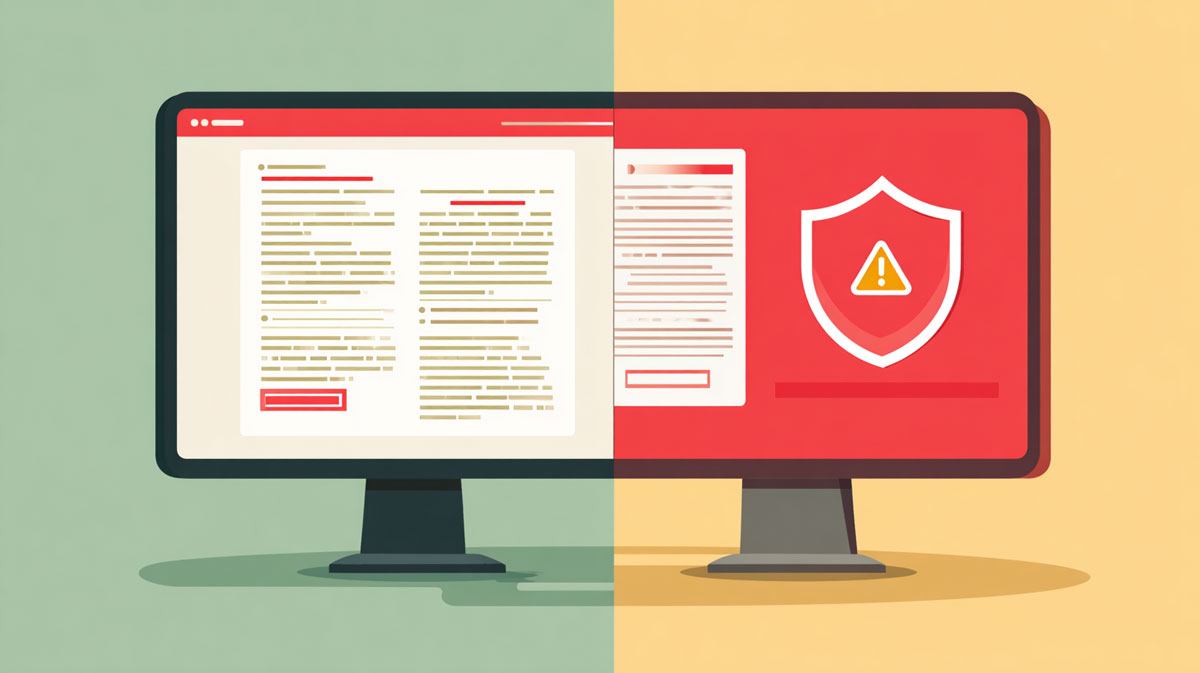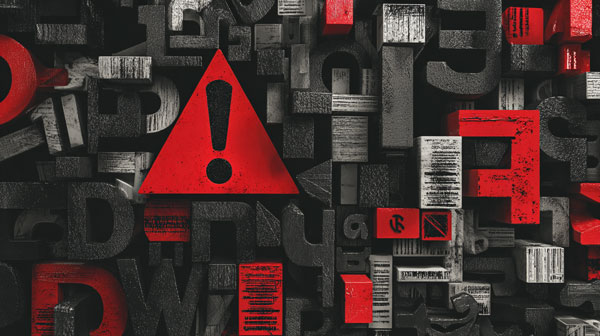
You bought a font license for $200. You're using it in Photoshop and Illustrator without issues. Now you want to use it on your website, so you convert it to WOFF2 and upload it. Done, right?
Not quite. That desktop license you purchased doesn't cover web use. You'll need a separate web font license, and here's why that matters.
What Desktop Font Licenses Actually Cover
A desktop font license lets you install fonts on your computer and use them in design software. That means Photoshop mockups, InDesign layouts, Illustrator logos, and printed materials are all fair game.
When you buy a desktop license from MyFonts or Monotype
, you're typically paying a one-time fee. The license usually covers a specific number of computers (often 1-5 workstations) and allows you to create static designs.
The key word here is "static." Once you export that design as a PNG, PDF, or print it, the font is embedded in the final output. Your client or customer doesn't need the font file itself.
Why Web Fonts Need Different Licenses
Web fonts work completely differently. When someone visits your website, their browser downloads the font file from your server and renders the text in real-time. You're essentially distributing the font file to every single visitor.
Font foundries see this as a fundamentally different use case. Instead of 5 designers using the font internally, you're potentially serving it to thousands or millions of people. That's why web font licenses exist as a separate product with different pricing.
According to Adobe Fonts, web font licenses typically come with page view limits because foundries want to price based on your site's reach. A personal blog with 5,000 monthly page views pays less than an e-commerce site with 500,000 monthly page views.
The Technical Reality: WOFF and WOFF2
Even if licensing wasn't an issue, desktop fonts don't work well on the web. Desktop fonts typically come as OTF or TTF files, which are larger and not optimized for web delivery.
Web fonts use WOFF (Web Open Font Format) or WOFF2 formats, which are compressed specifically for faster loading. WOFF2 provides better compression than the original WOFF format, which means faster page loads.
When you upload a desktop font to your website, you're not just violating the license - you're also delivering a larger file that slows down your site.
What Web Font Licenses Actually Cost
Here's the reality check: web font licenses are often cheaper than desktop licenses, but they're usually annual subscriptions rather than one-time purchases.
A typical web font license from Fonts.com might cost $40-$100 per year for up to 10,000 monthly page views. Popular fonts like Helvetica Neue or Futura start around this price point for basic tiers.
Some foundries offer unlimited page view licenses for $200-$500 per year. Adobe Fonts includes web licensing with their Creative Cloud subscription and includes thousands of fonts.
If your site grows beyond your page view limit, you'll need to upgrade to the next tier. Most foundries don't automatically cut off your fonts - they expect you to monitor your usage and upgrade when necessary.
What Happens If You Use the Wrong License
Font foundries do monitor web usage. They can scan websites, follow up on reports, and identify their fonts through automated tools. If you're using a desktop font on your website without a web license, you could receive a cease and desist letter.
Settlement amounts vary, but unlicensed web font usage typically costs more to resolve than just buying the proper license upfront. Companies like NBCUniversal have paid millions for font licensing violations - you can read about seven costly mistakes companies made with font licenses. Some foundries are reasonable and will let you purchase the correct license retroactively. Others pursue more aggressive legal action.
The easier path is just getting the right license from the start.
When You Actually Need Both Licenses
In many cases, you'll need both a desktop and web license:
Desktop license: For creating your site designs, mockups, and any printed materials
Web license: For actually serving the font on your live website
Some foundries offer package deals that include both desktop and web licensing. Font Squirrel curates free fonts where commercial use and web use are both included under open source licenses - check out our guide to free fonts for commercial use to learn more about which free options are actually safe to use.
For ongoing client work, agencies often need to track licenses separately for each project. One client gets the desktop license for their brand guidelines. Another needs both desktop and web licenses for their full site redesign. And if you're creating logos, that may require yet another license type entirely.
The Bottom Line
Desktop licenses are for creating designs. Web licenses are for serving fonts to website visitors. They're priced differently because the use case is fundamentally different.
This distinction is just one example of how font licensing complexity creates traps for businesses trying to comply. Before uploading any font to your website, check your license agreement. If it doesn't explicitly mention web use, page views, or WOFF files, you probably don't have web coverage.
Not sure which fonts are on your website or whether they're properly licensed? Scan your site with FontReport - it takes 30 seconds and shows you exactly which fonts you're using and potential licensing issues.

